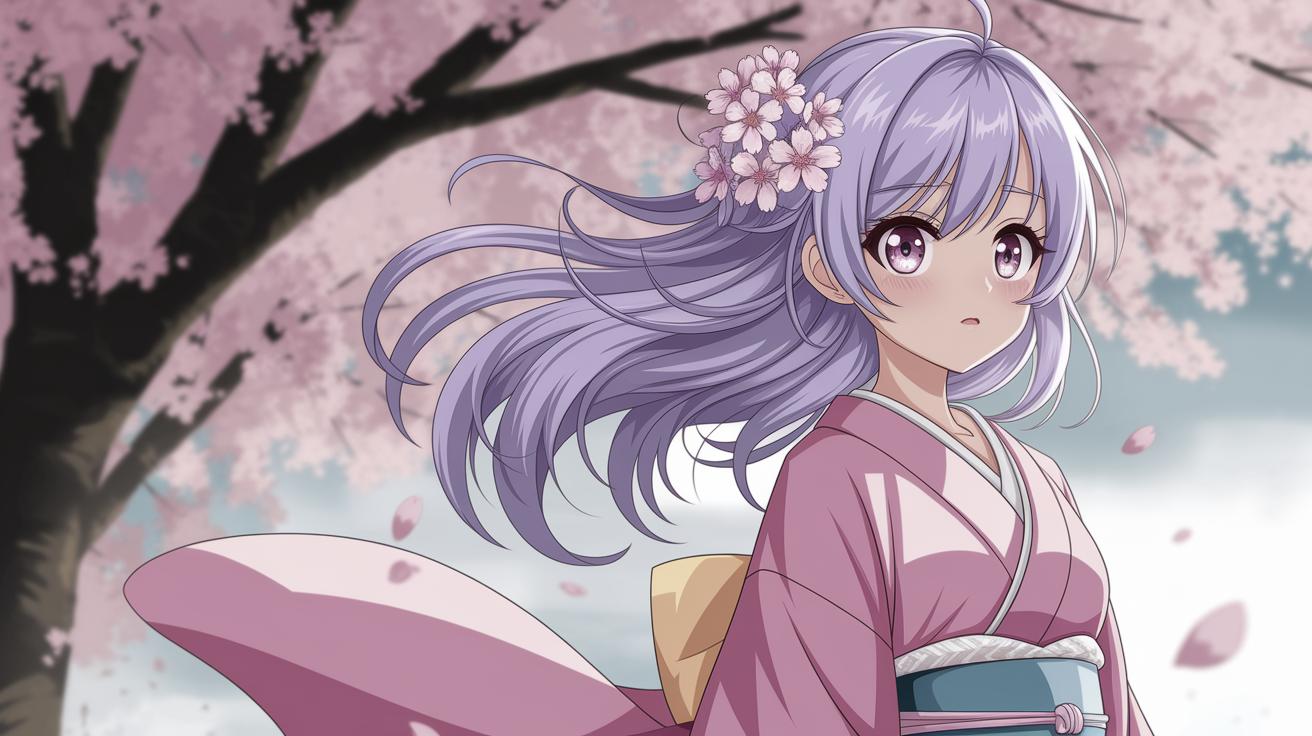The World of Anime: More Than Just Animation
Anime, a globally recognized form of entertainment originating from Japan, combines stunning artwork, compelling storylines, and cultural themes that captivate audiences of all ages. This blog post delves into various facets of anime, from its storytelling techniques to its influence on pop culture. As we explore these aspects, we’ll also touch on the community’s engagement, the diversity of genres within anime, and how these elements contribute to its widespread appeal. Whether you’re a seasoned anime fan or a curious newcomer, this post aims to provide a deeper understanding of why anime holds such a pivotal place in the hearts of millions worldwide.
Your Rating
In the realm of anime, personal rating systems often vary from viewer to viewer, reflecting their individual tastes and preferences. The process of rating typically involves evaluating key aspects such as plot development, character depth, and visual aesthetics. Some anime enthusiasts may prioritize a strong narrative, while others might place greater emphasis on the stylistic nuances or the emotional impact of the series.
Additionally, community-driven platforms such as MyAnimeList or AniList provide structured rating systems. Users can rate anime on a scale, offering both an overall score and detailed reviews. This collaborative approach not only guides new viewers in their anime selection but also fosters a participatory community where discussions flourish around shared impressions and critiques.
Your Rating
When establishing a personal rating for anime, it’s important to consider the thematic diversity the medium offers. From high-octane action series to serene slice-of-life narratives, the breadth of genres testifies to anime’s capacity to cater to a wide audience spectrum. Each genre brings its own set of conventions and innovations, allowing viewers to discover and appreciate a variety of storytelling methods.
This thematic variety also influences ratings, as fans may exhibit preferential bias towards certain genres. A well-executed fantasy narrative might score highly with one individual, while a gripping psychological thriller might resonate more strongly with another. Thus, anime’s diverse thematic landscape plays a critical role in shaping personal rating criteria.
Your Rating
Furthermore, cultural elements embedded in anime contribute significantly to the rating experience. Traditional Japanese values, societal issues, and philosophical concepts are woven into many series, providing a distinctive lens through which stories are told. This cultural richness not only enhances narrative depth but also offers international audiences insight into Japan’s societal and cultural paradigms.
When viewers rate anime, their reception to these cultural elements can vary based on personal exposure and understanding. For some, these elements may enrich the viewing experience, adding layers of meaning and context. For others, they might pose a challenge in terms of accessibility, impacting how the anime is perceived and rated.
Your Rating
Interactivity is another dimension influencing anime ratings. With the rise of interactive platforms, fans can engage with content beyond passive viewing. From participating in fan theories to contributing to fan art and cosplays, the interactive nature of anime culture allows fans to express their creativity and connect with like-minded enthusiasts.
This engagement often leads to a deeper emotional connection with a series, potentially skewing personal ratings. An anime that nurtures a vibrant fanbase actively involved in its universe may enjoy higher ratings due to these external, community-driven factors.
Your Rating
The evolution of animation technology also plays a pivotal role in how anime is rated. With advances in digital artistry, anime today boasts more dynamic visuals and sophisticated cinematography than ever before. These technological enhancements contribute to a show’s aesthetic appeal and can significantly impact a viewer’s overall rating.
However, the charm of classic animation styles shouldn’t be disregarded. Many fans appreciate the nostalgia and craftsmanship found in older series, leading to high ratings for both vintage and modern titles. The balance between traditional techniques and modern innovation adds another layer of complexity to the personal rating system in anime.
Cast
The cast of a series significantly affects an anime’s reception and subsequent rating. Well-developed characters who undergo meaningful arcs resonate strongly with audiences. Viewers often forge connections with characters based on their relatability, growth, and the voice actors’ performances who bring them to life.
Anime typically features a diverse range of personalities, from heroic protagonists and mysterious anti-heroes to whimsical side characters. This diversity allows for varying levels of viewer engagement, with standout performances from voice actors often elevating a series’ prestige and influencing its rating positively.
Your Rating
The music score of an anime is another critical factor in its appeal. A powerful soundtrack can heighten emotional moments and contribute to world-building, adding layers to the storytelling. The opening and ending themes also set the tone for the series, often becoming iconic pieces that fans cherish.
An impactful musical score can enhance the narrative experience and often results in higher ratings. Conversely, a mismatch in musical ambiance and theme can detract from the overall experience, affecting how viewers rate the series.
Your Rating
Innovation in storytelling techniques often garners critical acclaim in the anime community. Unique narrative structures, unexpected plot twists, and the blending of genres are some of the elements that can set a series apart. Anime often experiments with storytelling, offering narratives that challenge traditional format boundaries.
Such innovation often leads to high praise and ratings, particularly when it resonates with audiences on an intellectual or emotional level. However, not all experiments succeed; occasionally, complexity can lead to confusion rather than engagement, impacting how the series is rated.
Your Rating
The impact of an anime on pop culture and its legacy influence its rating significantly. Iconic series that have left a mark on the industry elevate the standards of storytelling and animation, often becoming benchmarks against which new series are judged. These shows often have a lasting impact, continuing to influence new generations of creators and fans alike.
Pop cultural phenomena are also seen with international appeal, transcending geographical boundaries. Anime such as “Naruto,” “Dragon Ball Z,” and “Attack on Titan” have become household names, contributing to anime’s growing acceptance as a vital part of global entertainment. These influential series often enjoy high ratings due to their broad impact and legacy.
Your Rating
Ultimately, the community surrounding anime plays a central role in the rating system. Fan debates, conventions, and online forums nurture a lively environment where opinions are shared and challenged. The community’s collective voice often shapes public perception, influencing how a series is received and rated.
The contribution of the anime community in reviewing and rating reflects its passion for the art form. This participative culture ensures that anime remains a dynamic, evolving medium, encouraging both creators and viewers to embrace innovation while cherishing beloved traditions.
Your Rating
In conclusion, anime exists as a multifaceted art form with numerous contributing factors affecting its reception and rating. From diverse genres and cultural narratives to community engagement and technological advances, anime continues to captivate and inspire audiences worldwide.
The essence of anime lies not only in its storylines or visual appeal but also in its ability to foster a global community centered around the love of imaginative storytelling. As fans continue to explore and discuss anime, they contribute to the medium’s vibrant legacy and enduring impact on pop culture.
| Aspect | Influence on Rating |
|---|---|
| Thematic Diversity | Variety of genres offering different storytelling methods. |
| Cultural Elements | Incorporation of traditional and societal themes. |
| Interactivity and Community | Fan engagement and community-driven discussions. |
| Music and Soundtrack | Enhances narrative and emotional depth. |
| Evolution of Technology | Advancements in animation and digital artistry. |
| Cast Performance | Character depth and voice acting quality. |


